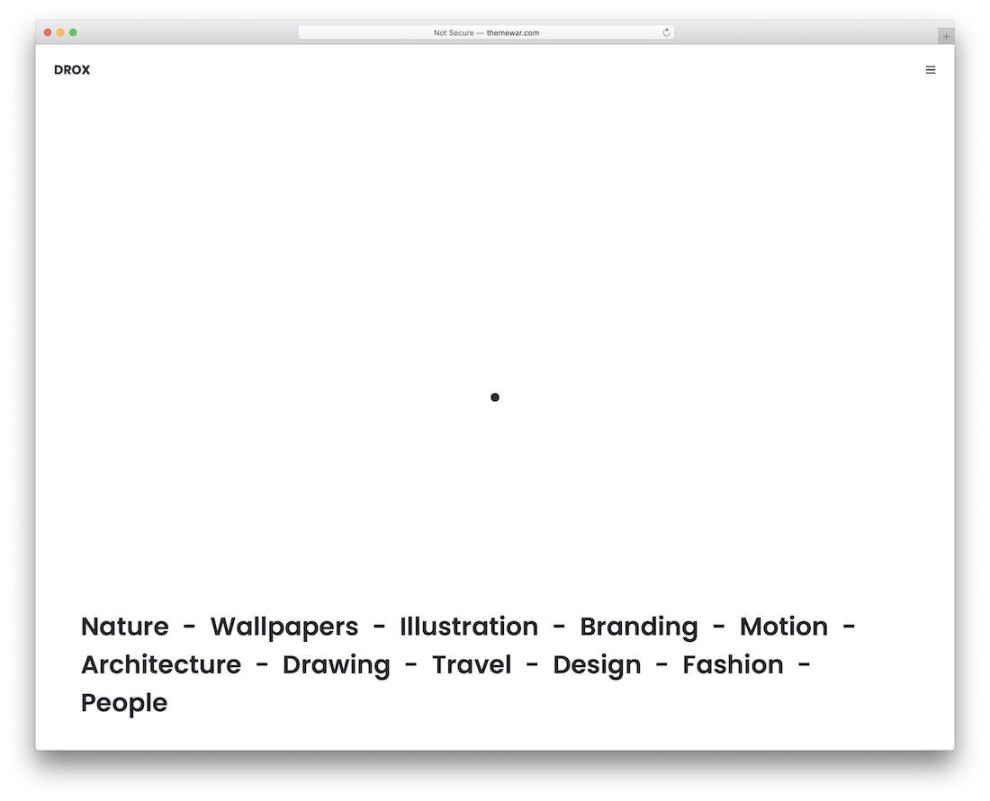An HTML5 blank page template serves as a foundational framework for building websites. It provides the essential structure and elements necessary to construct a web page without any pre-defined content or styling. By starting with a blank template, you have complete control over the design and layout, allowing you to customize it to your specific needs and preferences.
Key Components of an HTML5 Blank Page Template

1. DOCTYPE Declaration: This declaration specifies the document type and version of HTML being used. In HTML5, the declaration is simply “.
2. HTML Element: The `html` element encompasses the entire HTML document.
3. Head Element: The `head` element contains metadata about the HTML page, such as the title, character encoding, stylesheets, scripts, and other information that is not directly displayed on the page.
4. Title Element: The `title` element sets the title of the web page, which appears in the browser’s tab or title bar.
5. Meta Elements: Meta elements provide additional information about the HTML page, such as the author, keywords, and description.
6. Body Element: The `body` element contains the visible content of the web page, including text, images, links, forms, and other elements that are displayed to the user.
Designing for Professionalism and Trust
To create a professional and trustworthy HTML5 blank page template, it is essential to consider the following design elements:
Typography: Choose fonts that are easy to read and visually appealing. Avoid using too many different fonts, as this can make the page appear cluttered and unprofessional. Opt for fonts that are clean, modern, and consistent with your brand’s identity.
- Color Palette: Select a color palette that complements your brand and evokes the desired emotions. Use colors that are easy on the eyes and create a harmonious visual experience. Consider using a color contrast tool to ensure that your text is readable against the background.
- Layout and Structure: Organize the content of your page in a logical and intuitive manner. Use headings, subheadings, and paragraphs to structure the information and make it easy to scan. Maintain a consistent layout throughout the page to create a cohesive and professional look.
- Whitespace: Use whitespace effectively to create a sense of balance and visual hierarchy. Avoid cramming too much content into a small space, as this can make the page appear cluttered and difficult to read.
- Images and Graphics: Use high-quality images and graphics that are relevant to your content. Ensure that the images are optimized for the web to reduce loading times. Avoid using excessive images or graphics that can slow down the page’s performance.
- Navigation: Provide clear and intuitive navigation options to help users find the information they are looking for. Consider using a menu bar, breadcrumbs, or a sitemap to guide users through your website.
- Call to Action: If you want users to take a specific action, such as subscribing to a newsletter or making a purchase, include a clear and compelling call to action. Place the call to action prominently on the page and use strong, action-oriented language.
By carefully considering these design elements, you can create a professional and trustworthy HTML5 blank page template that will make a positive impression on your visitors. Remember that the goal is to create a visually appealing and user-friendly website that effectively communicates your message and achieves your objectives.